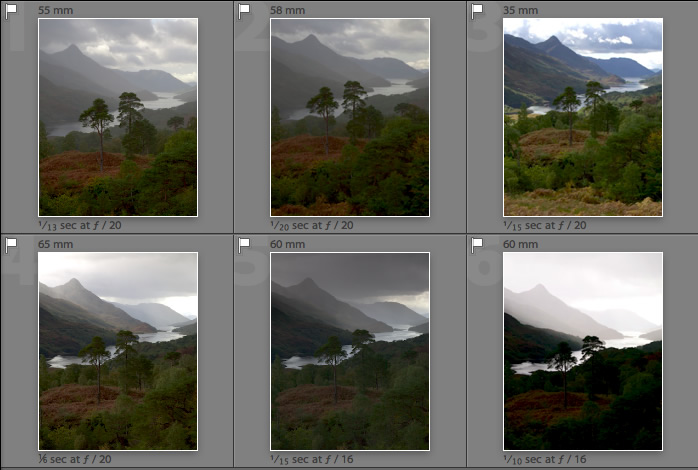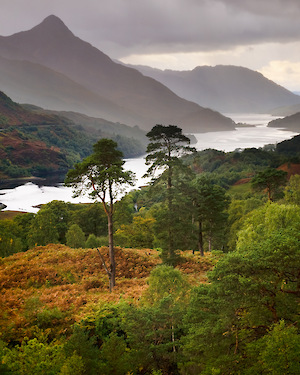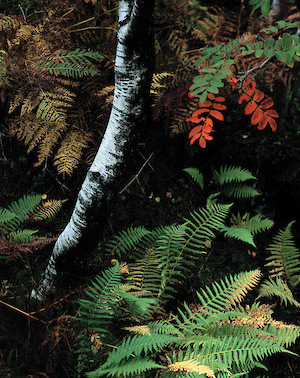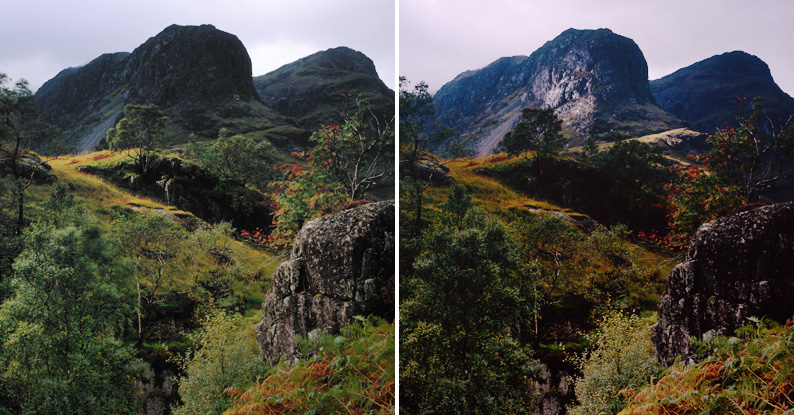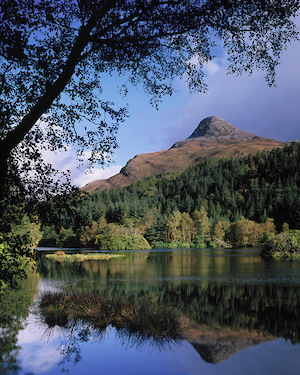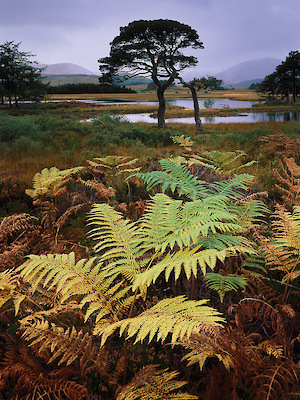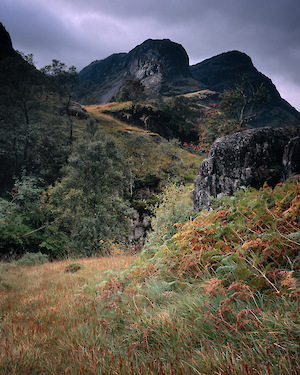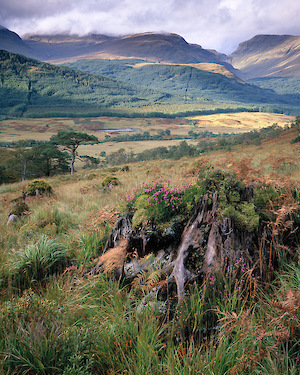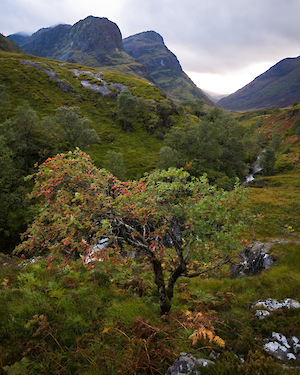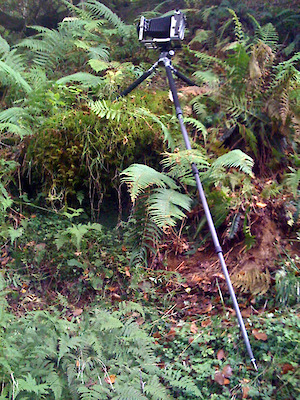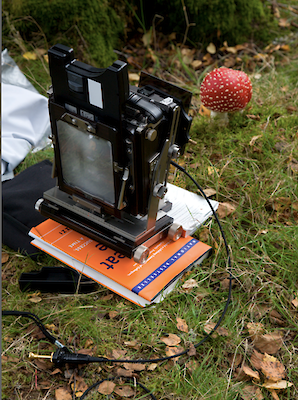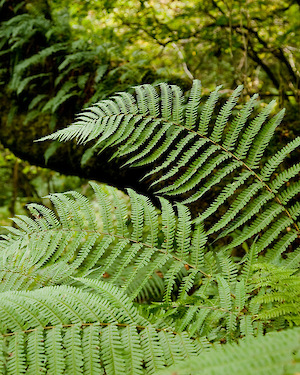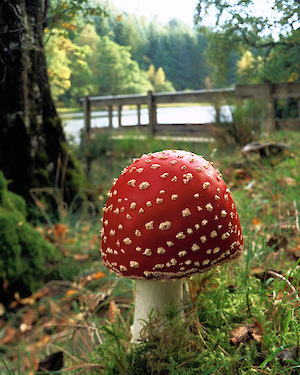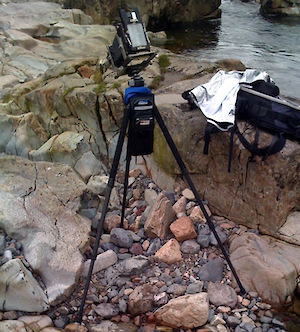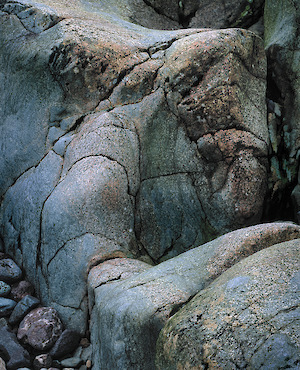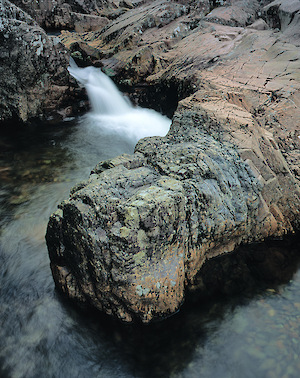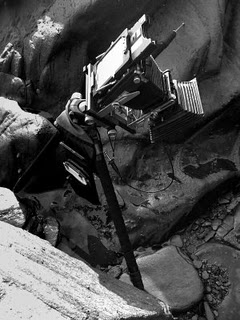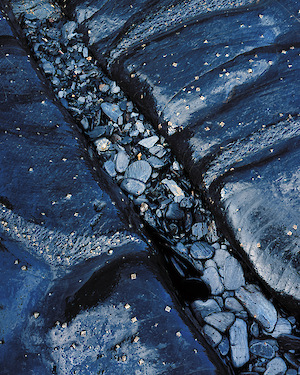A quick interlude into the log of my last trip to Glencoe as I wanted to discuss an interesting weekend I had in the company of Jem Southam, a well renowned contemporary landscape photographer who lectures in photography at the Exeter school of Art and Design. He inhabits a world that is almost anathematic to self professed ‘classic landscape photographers’.
It probably doesn’t help that the majority of media about landscape photography is predominantly aimed at delivering well composed pictures of the glorious wilderness, leaving little room for any associated narrative to live alongside the photographs.
I have to admit that I had a ‘knee jerk’ reaction of the same sort, especially as one of my initial exposures to contemporary landscape photography was the work of Harry Cory Wright, in particular his book of his tour of the UK. I should add that I do find some of Mr Wrights work interesting (if derivative of Hiroshi Sugimoto – and a hundred other Sugimoto wannabes) but the book lacked any narrative or photographic rigour – at least in my eyes.
Since then I have become somewhat fascinated by the work of Edward Burtynsky because of the coupling of strong photography with a stimulating and complementary narrative. A few other contemporary photographers have since tweaked my interest and when the opportunity to attend a masterclass with Jem Southam arose, I checked his pictures and read a little about him realised that there could be something interesting going on. I didn’t read too much about him as I was hoping to get an idea of his guiding forces directly from the horses mouth. The pictures, especially the Painters Pool/Landscape Stories, with echoes of Eliot Porter, and Rockfalls which has a certain dark beauty and challenging compositional approach (which I sometimes get and sometimes think I miss).
The masterclass was a 10-4 session in a small room at the Lowry museum with about 20 other photographers of which 17 were photography students, 2 were professional photographers and 1 was an amateur hobbyist (I’ll let you guess who that was). In retrospect, it certainly appears that I could have chosen to sit at the front to badger Jem about the whys of his photography (what was surprising is that the students were interested in how he took/printed/framed his work more than I was!).
So what did I learn during these few hours? Well, my summary conclusion is that Jem seems a nice, rational guy that has a deep interest in discovering the subtle plays of nature and man on the landscape over time. He has a strong desire to create compositional grammar for himself rather than to reflexively conform to classical compositional techniques. I should add that I use the word grammar on purpose as the parallel between language structure of grammar and the photographic structure of composition is an apt one. Most photographers use many grammatical or phraseal tools in constructing their pictures. These will be either common compositional elements (rules of thirds, S curves, groups of threes), or elements from other photographers or painters that they may have absorbed (central placement, assymetric balance, etc) and could also be subject related (lone tree/rock syndrome, panoramic hills behind lake, misty long exposure water).
Jem talked about thinking hard about why each of these compositional elements is used and in general he tries to avoid them where possible and if used, makes use of them for an explicit reason (i.e. not just because of a satisfactory visual balance/appeal). Now this could all be a load of rubbish talked to post rationalise some landscape snapshots but having seen Jem discussing his work, I think he means what he says. The result is a picture that does not have instant appeal which, combined with a subject matter that doesn’t necessarily have an immediate beauty and taken in ‘unflattering’ light means that the pictures aren’t going to with landscape photographer of the year (although he does have a penchant for including animals so perhaps he does stand a chance after all!).
More interestingly for me is how his work taken as a series and with an associated narrative can become something more than any single picture. In fact the lack of instant visual appeal accentuates the coherence of the series by diverting the attention away from ‘ooh pretty picture’ to ‘what is this about’. And it is here where I think a lot of contemporary photography fails (for me at least). In trying to promote the narrative element and trying to detract from the picture as aesthetic, contemporary photographers throw the intrinsic beauty out with the overt beauty. Something need not be ugly to avoid being senselessly beautiful.
What I take from this is that it is a valid goal to rein in the throttle on the beauty of a photograph in order to accentuate some other visual goal. I suppose it’s similar to the job a good mixer or mastering expert does where they balance the auditory parts of a recording to provide the appropriate balance. A pop song mixer will spot the ‘hook’ in a song and kill everything else in order to drive it home. Someone approaching the mixing process as an artist will balance the components, sometimes knocking back a part in order to allow something else to come through.
Anyway, after a good few hours discussing work we came to the ‘critique’ session where each of seven people presented some of their work. I followed on from a couple of photographers who were working in the Stuth/Shore mould and was concerned my pictures would be seen as inane. I was more than pleasantly surprised when he singled out one of my pictures as being ‘one of the most astonishing photographs he had ever seen’, even more surprised as it was the one picture where I think I have achieved most of the my compositional goals. That picture is the one associated with this blog post. His reasoning behind it was that the composition worked at different levels and the placement of lighting was very reminiscent of classical painting. I did use the time to discuss some of my ideas beind my photography (in particular about human influence on the landscape) but I think I’ll leave that for another blog post.
So.. Am I going to be converted into a contemporary landscape photographer then? I doubt it. However, I will be thinking more about why I’m taking pictures and will try to organise some of my photographic goals into projects with associated narratives (even if the narrative adapts as I’m taking the pictures). I shall also be thinking a little more about my concious and subconcious use of compositional devices (although how I can think more about a subconcious process I don’t know). I’m hoping that it’s possible to live somewhere in the divide between the two opposite poles of classic and contemporary landscape photography.
Does anybody think about their photography in this way? Does working in series/projects make more sense than working ad-hoc? I’m interested in anybody’s comments – even if they just think I’m thinking too much 
Click to view full post including 18 Comments
